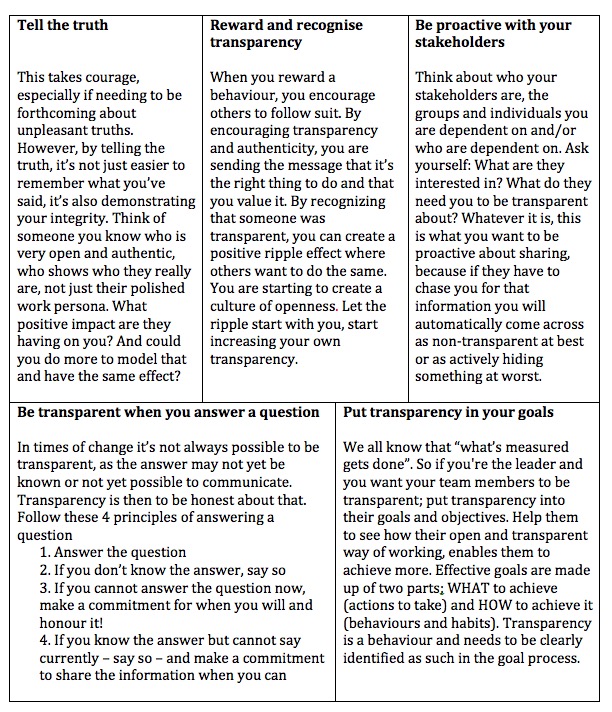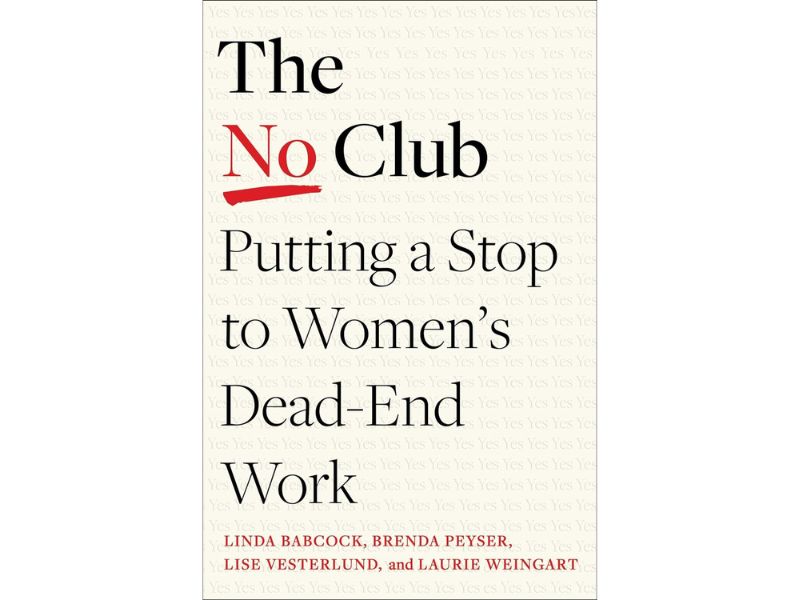 It’s supposed to be fun at work. And with secrecy and hidden agendas it’s sometimes very hard to find it fun or rewarding to be at work.
It’s supposed to be fun at work. And with secrecy and hidden agendas it’s sometimes very hard to find it fun or rewarding to be at work.
There can be a number of reasons why people aren’t as open and honest at work as they could be. Some of the ones we have frequently seen are when people
- are afraid of speaking up, fearing they’ll be punished in some way
- don’t think they’ll be listened to anyway
- don’t want to blamed
- aren’t in a culture of transparency; they are just not used to it or expect it
- experience cultural differences which means they don’t know what’s OK to talk openly about
Gossip
When transparency is missing, crucial exchange between team members just isn’t happening. When team members suspect that someone is hiding something, it makes them cagey and suspicious, which can create gossip and talk behind each other’s backs.
On top of that – when all the data or the truth is not accessible, people often fill in the gaps with their own theories and guesses. This leads to assumptions that are often completely incorrect and are made worse by fear and exaggerated speculations. This kind of gossiping creates unnecessary worry and wastes the team members’ time.
Why is transparency is so important?
There is growing expectations for organizations to be increasingly transparent. There have always been some level of expectancy of openness within organizations, but the transparency that is now being expected is of a different nature. On the road to the future and the year 2020 and beyond, this expectancy is only going to grow.
One factor is organisational delayering, another one is the external world of stakeholders rightly insisting on having a greater insight into the inner world of how the company is run. Higher international standards for corporate governance are yet another factor that drives more openness. As a result, everyone’s actions and behaviours are more closely scrutinized and judged. Actions and behaviours are seen and can have consequences. Everyone wants more openness and accessibility to the truth.
Here’s an example:
A company had expressed that they valued open and transparent business practices.
Yet their sales teams had a habit of making sales predictions that were lower than expected each quarter. The sales leaders excluded information from the prediction, in order to exceed their targets and get better bonuses. So in reality the culture wasn’t that open at all, and these behaviours made the non-transparency even more inherent across the organisation.
The impact on the sales reps was that they felt they had to exceed their predictions too and this encouraged them to hide information as well. The impact on the sales team was that they weren’t being trusted by the rest of the organization as they appeared to only work in their own interest. Ultimately this could damage the company’s reputation in the eyes of customers and shareholders, with the company coming across as badly managed.
Transparency is becoming the expected norm in business – here are some simple ideas for making transparency a reality

Transparency and openness starts at the top of any organization and the more senior you are, the more responsibility you have to role model this. Team members watch this and will do what the leader and/or their colleagues do. This is natural, in life we role model what others do; good or bad. When done well this can have a great positive cascade effect throughout the organization.
Openness and transparency starts with you. Start to think about how you can demonstrate more of it. Behaviour breads behaviour so if you start doing more, so will those around you. This happens if you lead a team or if you are a member of a team, so this is true for all of us!
 About the authors
About the authors
Mandy Flint & Elisabet Vinberg Hearn, award-winning authors of ”The Team Formula”.
Their new book ”Leading Teams – 10 Challenges: 10 Solutions” is out now, published by Financial Times International.
Praise for ”Leading Teams: ”This book is a 21st-century guide on how to build a world-class team. I highly recommend it” Steve Siebold, Founder, Mental Toughness University, Florida USA.








